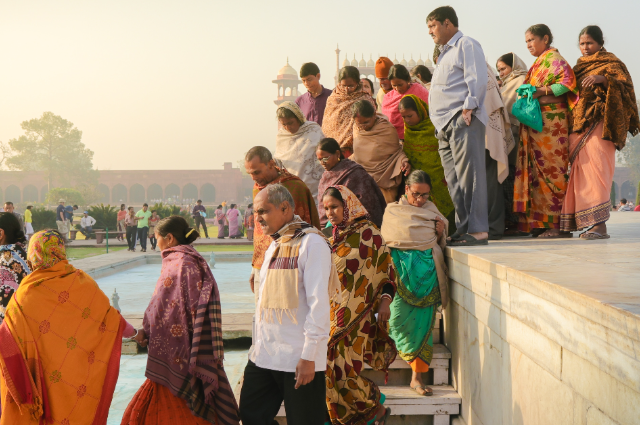
Photo by Martin Adams on Unsplash
The population of people aged above 80 years will grow at a rate of around 279% between 2022 and 2050, says the UNFPA India Ageing Report.
The population of the elderly community in India is set to grow to 22.7 crore, making up 14.9% of the population by 2036, according to the latest UNFPA report released on 28 September.
The report titled, 'Caring for our Elders: Institutional Response- India Ageing Report 2023', added that the present situation today is likely to project that the country shall have more elderly population than children (aged 0 to 15 years) by 2046.
Key Findings of the Report:
- By the end of the century, the elderly will constitute over 36% of the total population of India.
- With the increase of the older population, the share in the young population shall dip by 2045.
- The report projects that the population of people aged above 80 years will grow at a rate of around 279% between 2022 and 2050.
- Over 40% of the elderly in India fall in the poorest wealth category.
- 18.7% of the elderly don't have a source of income.
- Women will make up a larger portion of the elderly population in India.
The report finds that females in India have a higher life expectancy of 19 more years past 60 years, as compared to males at 17.5 years.
Most of the southern states and selected Northern states such as Himachal Pradesh and Punjab already have a higher share of the elderly population. It is only expected to rise by 2036.
Older persons have contributed significantly and they should not be merely treated as a liability rather they should be given due effort and care.
The main challenges mentioned in the report are higher levels of widowhood, socio-cultural and economic dependency, and loneliness among elderly women. Elderly women experience a greater incidence of morbidity. They are left out with an adequate support system.
The situation is more acute for the rural elderly counterparts. Inadequate infrastructure, lack of security, and isolation are making the environment even more restrictive.
Way Forward:
The report puts forward a number of policy suggestions that can be implemented by the government, community, private as well as public sphere.
Some of the suggestions include,
- An insight into financial and technical support.
- Contractual agreements with NGOs.
- Engagements at the grassroots level.
- Special focus on older people in events of disaster.
- Strengthening data system on population aging.
. . .
Reference:
- thequint.com
- thehindu.com
